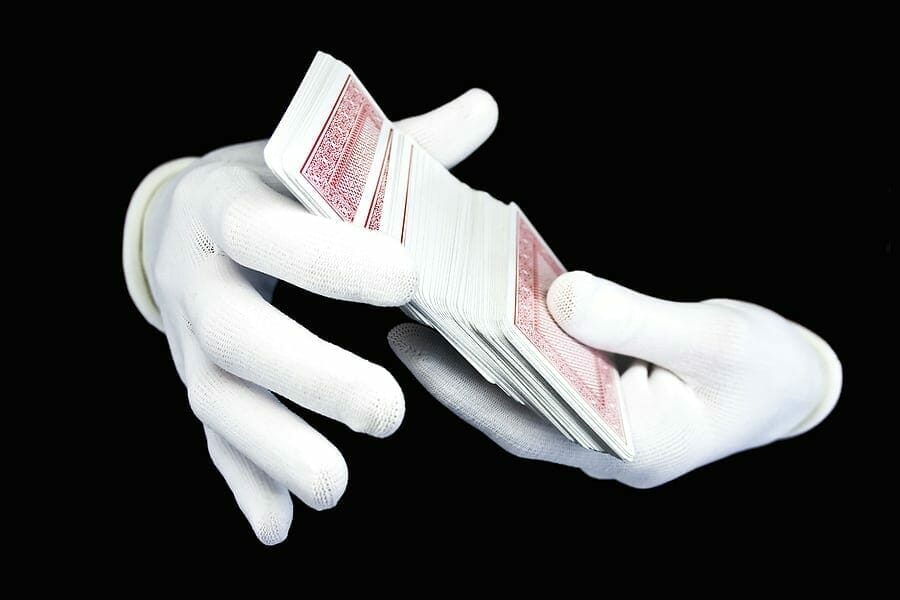Card games have existed for a tremendously large part of human history, and the standard 52-card deck started to take shape nearly 600 years ago.

From the earliest cards of the Tang Dynasty through to the present, most card games tend to use the same deck of 52 cards, split into four equal suits and sometimes including two jokers and an extra card with some basic bridge or poker rules.
However, for people who have a particularly creative idea, the standard deck isn’t enough, and it is time to look at creating your own deck of cards.
So long as you have designs, you can print flash cards online in the right size and create a suitable set of cards, but there are of course plenty of different types of card games you could possibly make, each with their own unique quirks that suit certain types of game better.
Here are the main card game types, the most successful examples and what types of games suit them best.
Dedicated Deck Card Games
Also known as a party card game or a non-standard card game, a dedicated deck is a deck of cards used to play a very specific game rather than being playable with standard cards.
In some cases, this can lead to an easier to play variation of a game playable with standard cards such as Uno.
However, other games such as Munchkin can expand wildly on the format and create games completely unlike traditional card games, eschewing ranks and suits in favour of having card effects written down.
The difference between dedicated deck games and the other types is that once you pick up a deck you need nothing else to play, and you cannot play games other than the one it was designed for.
Collectable Card Games
Also known as trading card games (although due to a now-expired patent rarely officially called that), CCGs are some of the most popular card games around, as they can become as large or as small as you want them to be.
Magic The Gathering, for example, is the biggest card game of any kind with over 15,000 different cards over its near-30 year history, and the lure of buying a small randomised pack of cards and finding something amazing is a lure that endures to this day.
It is a personalised experience but comes with a significant cost to players and designers alike.
Expandable Card Game
By contrast, an expandable card game, sometimes known as a living card game (although this name is trademarked by one company) is essentially any card game that provides cards in complete sets that do not rely on random packs to play.
Games such as Arkham Horror or Android Netrunner have a set of cards that players make decks out of before the game begins, allowing for people to play on the same level without having to spend a large amount on cards.
However, they can be difficult to balance and if they have frequent expansion packs can increase in cost very quickly.
Deck Builder Games
Finally, there are card games where making a deck is the main point of the game.
This can involve taking a large pool of cards and creating decks out of them, such as Dominion, Ascension: Chronicle of the Godslayer and Hero Realms.
These games, along with other unique cases such as Keyforge, are designed to evoke sealed or draft-styled CCGs, where you construct a deck based on largely random components.
This genre has become particularly popular in the age of crowdfunding, with games such as Hero Realms, The Binding of Isaac: Four Souls and Star Realms being particularly successful on websites such as Kickstarter.
Click here to use online flashcard printer.
Looking for a reliable printing company?
Get an instant quote